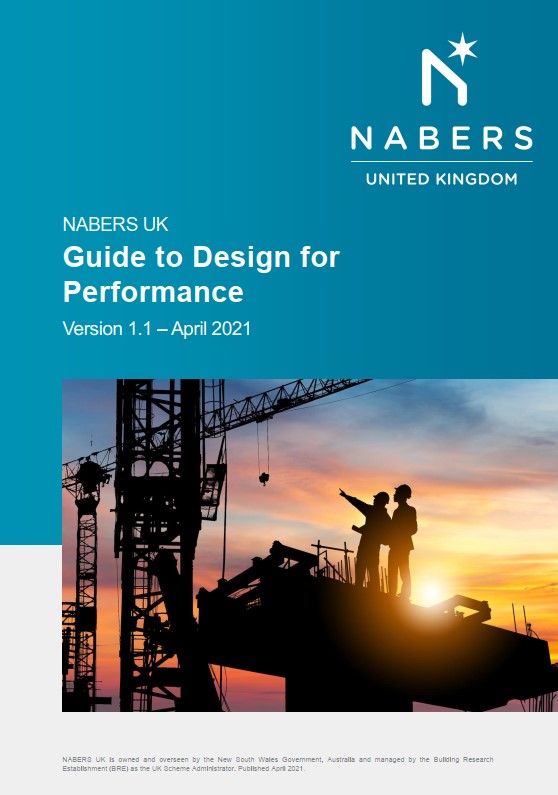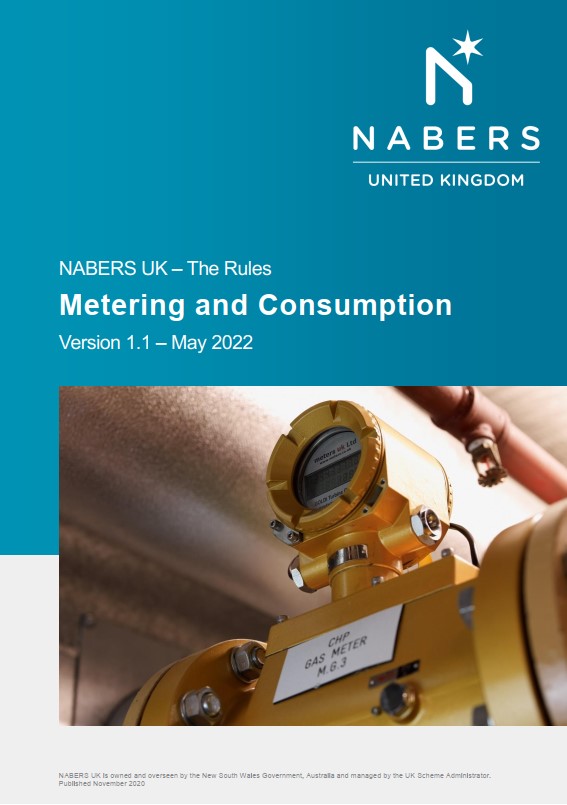Our experience of NABERS UK so far

In April 2021 I joined the NABERS UK Independent Design Review (IDR) panel. The panel members are responsible for carrying out formal reviews of NABERS projects to assess whether the building is likely to achieve its target rating in practice.
We at Inkling have seen a lot of interest in this new service. I have completed 4 IDRs so far and we have several more in progress or scheduled.
Here are my thoughts on our experience of NABERS reviews so far:
The design team matters – a tight design team with good communication is much more likely to deliver the required documents for the review on time, respond in a timely manner to queries and show consistency between the building intent, the simulation model and the design documents. No matter how competent the individual team members are, communication and coordination are key. As NABERS UK is new and in many cases the scheme and modelling expertise has been brought on board at the later stages of a project and not planned for, this means that the modeller may not be fully familiar with the design. I recommend that project teams include advanced modelling expertise at an earlier stage so that the model can evolve through the design stages, with earlier consideration of elements which may enhance or compromise performance, such as specification of controls.
Design information. In my experience the level of information received to support an IDR varies greatly. For some projects information is hard to come by, on others everything is supplied including a full controls and metering specification. A lack of detailed information at the IDR stage is worrying and does not instil confidence that the design intent will be maintained in operation, or even that the as-designed performance is fully understood.

Metering! Every project I have reviewed so far has metering which is not compliant with NABERS UK. This is not unexpected as it is early days and the NABERS landlord/ tenant split is not something we have had to consider previously in the UK. In particular, fan coil motors (and sometimes also landlords fans and pumps located on the tenant floor) are generally wired to the tenant distribution board. NABERS requires submetering of services to the tenant floor to allow the landlord HVAC services (such as fan coil motors) to be included in the Rated Energy, but the tenant lighting and power to be excluded from the Rated Energy. Therefore there needs to be adequate submetering to allow energy for these items to be separated.
Unregulated energy. Due to CIBSE TM54, the net-zero agenda and the increasing use of EUI as a metric, modellers are getting much better at adding the energy for unregulated energy such as lifts, equipment and external lighting to their energy estimates. However in many cases these can only be based on rules of thumb – I hope once some NABERS design rated buildings are completed, occupied and finally rated in-use, the design estimates for these can be compared to the actual energy and the industry benchmarks and rules of thumb improved. Of course this will take some years. In the meantime I would love to see some measurements of these items in real buildings so they can be compared to the benchmarks – how can we make this happen?
Operational aspects. Even with the most cutting edge low energy building, poor management, maintenance and operation will lead to poor energy performance. The NABERS IDR includes a review of a document called a Rating Achievement Plan. The purpose of the Rating Achievement Plan is to set out how the design intent for energy efficiency is going to be maintained from design through to occupation and rating measurement. This is necessary because many projects fail to meet their design intent through decisions made as the project proceeds. It encourages consideration of key real-life operational aspects at the design stage such as clauses to be included in tenant fit-out guidance and tenant lease documents, and provision of information to building managers and users. There is a cross-over with the soft landings process, which is encouraged, but the NABERS requirements are wider, flowing through to the initial building rating but also throughout the ongoing life of the building and future ratings.
Oversizing of Air Source Heat Pumps (ASHPs). Generally ASHPs tend to be oversized, in many cases vastly oversized based on the modelled loads. If the average ‘when-on’ loads are below the turndown ratio for a single ASHP the unit will cycle frequently and it’s efficiency and life span will be reduced. Providing a larger number of smaller modular units may be a better fit. In addition the use of thermal stores will allow heat/ coolth at low demand to be drawn from the store, rather than the heat pump. However, this energy saving needs to be balanced with the additional thermal losses from the store and related circulation and pump energy. These elements can be challenging to model and additional guidance from software manufacturers would be helpful here.
I am really enjoying the opportunity to review projects and support the NABERS UK initiative. It’s exciting to see modelling used to its full potential and to see modellers challenging themselves, improving their skills, and moving away from compliance-based modelling. At Inkling we see great merit in the NABERS UK scheme because it offers the opportunity to finally understand how buildings really perform post occupancy and to close the feedback loop.
If you would like to talk to us about your NABERS UK project and how we can support you then please get in touch with us at claire@inklingllp.com.
 Posted by Claire Das Bhaumik
Posted by Claire Das Bhaumik- Posted in NABERS, Uncategorized
 Mar, 08, 2023
Mar, 08, 2023 Comments Off on Our experience of NABERS UK so far
Comments Off on Our experience of NABERS UK so far

 Susie: 07972 263 676
Susie: 07972 263 676
 Join Us On In.com
Join Us On In.com
